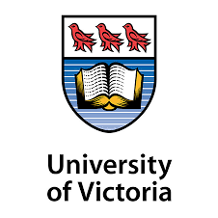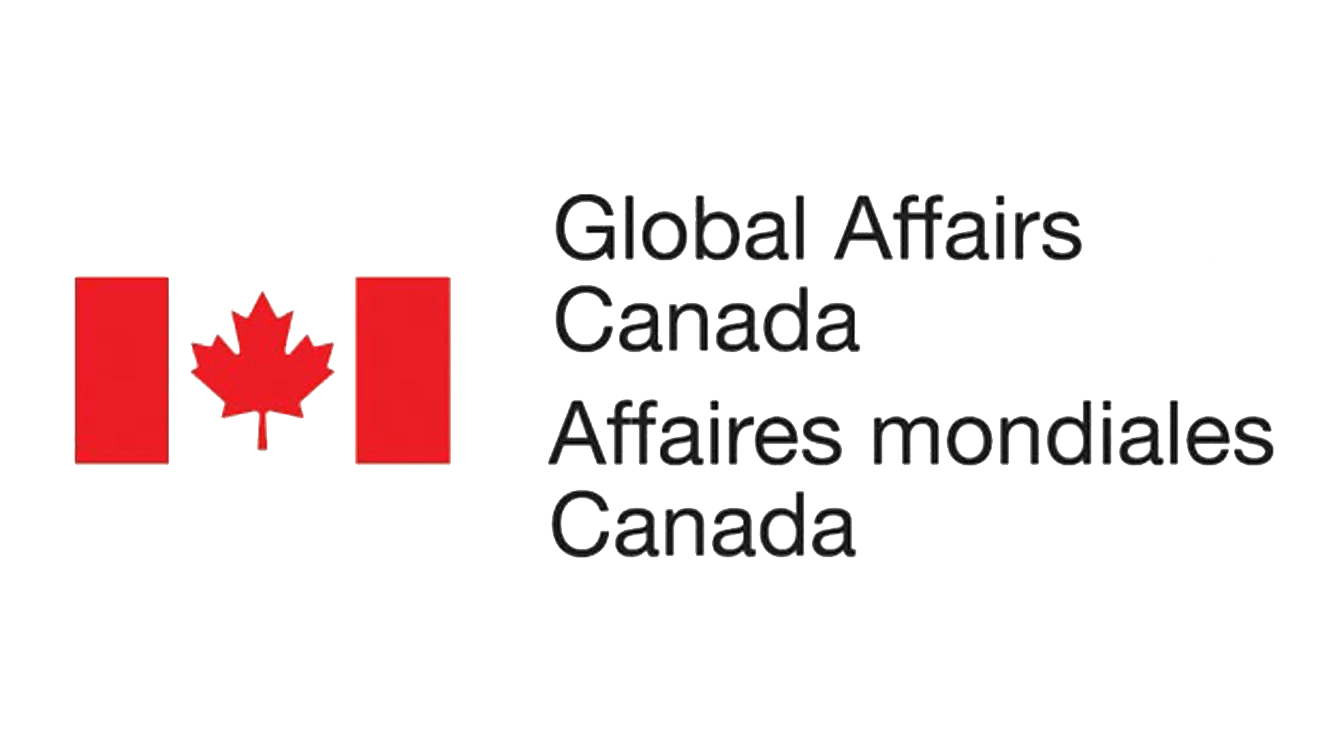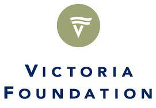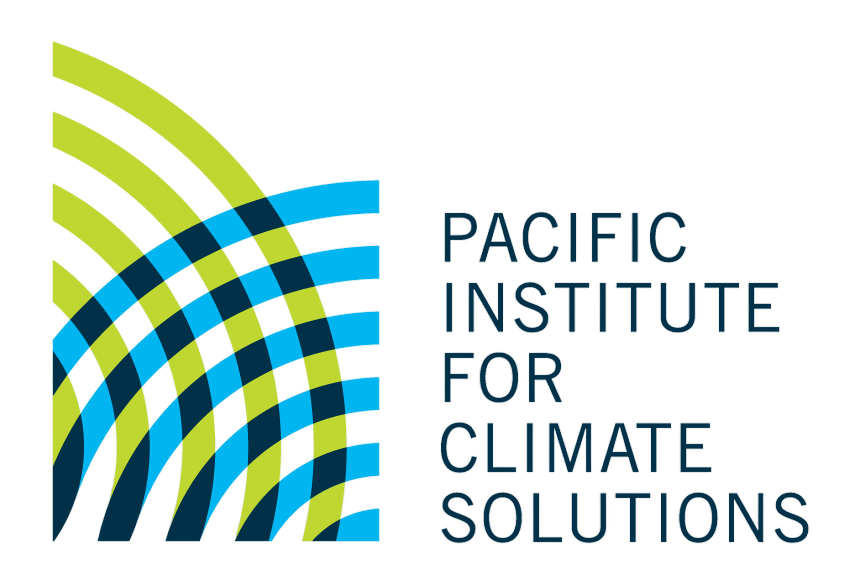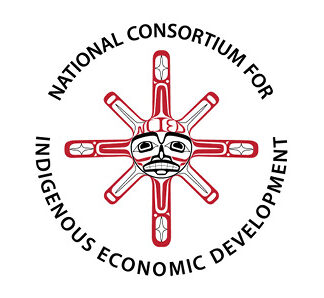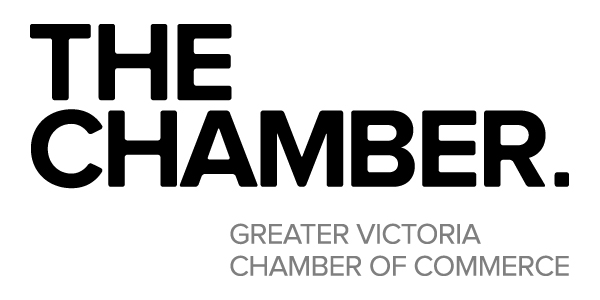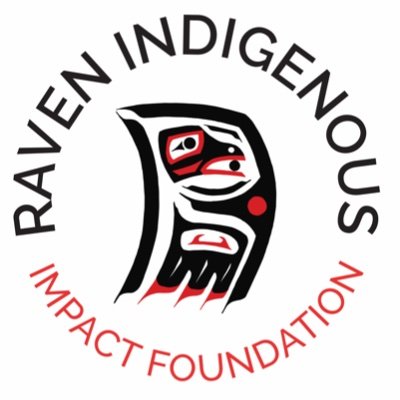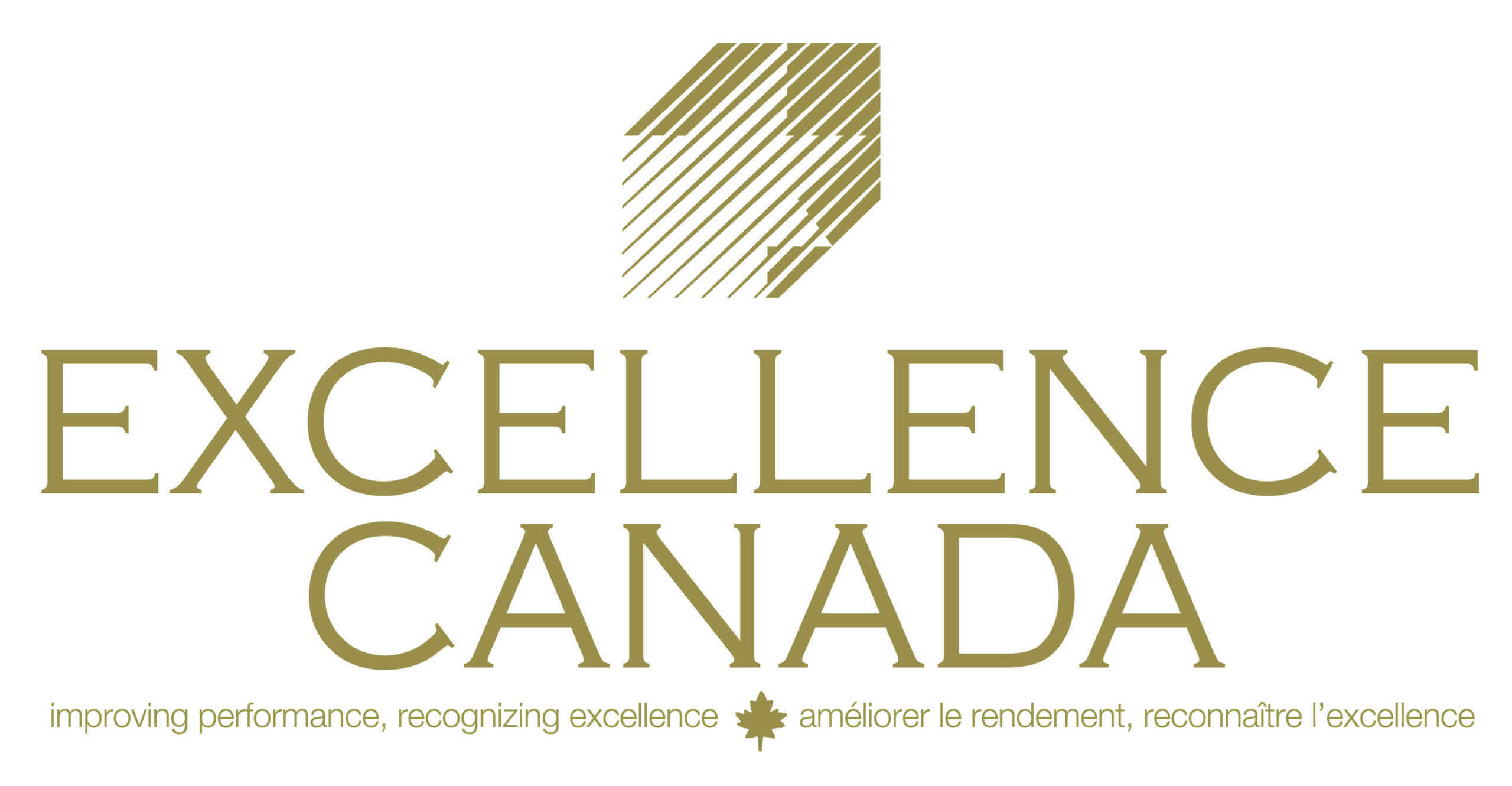Victoria Forum 2024
THEMES
Victoria Forum 2024:
THEMES
Emphasizing Trust in 2024
In today’s intricately connected world, humanity stands at a significant juncture. Existential threats loom large, and their profound impact is felt in every corner of our globe. We share not only a physical space but also an inherently inter-dependent one. Yet, a pervasive and increasing crisis of trust complicates our path forward. Within this critical context, the Victoria Forum emerges as more than just a gathering; it is an urgent call to collective action to combat the erosion of trust that has already occurred, build trust across the various divides that are hampering collective action and promote reconciliation.
Trust in Institutions
Trust in Institutions
Political institutions are grappling with corruption, opacity, and divisive politics. This erosion of trust is not unique to political bodies; it extends to all institutions, including judiciaries (often viewed as sluggish and biased), the media (considered to be partisan and disseminating “fake news” by those who take a different position), religious entities (strained by extremist elements) and universities (disconnected from the communities they serve). Such a decline rattles the foundations of democracy, undermines societal cohesion, and lies at the heart of a changing world order.
Trust in Economic Systems
Trust in Economic Systems
Parallel to environmental concerns, the widening chasm of economic inequality within and across nations casts dark shadows. These growing wealth gaps and perceptions of unfairness have become catalysts for social unrest and profound disillusionment among populations. Addressing this monumental issue demands an unwavering trust in our financial systems and economic institutions. It calls for a belief that these entities will advocate for and implement equitable and inclusive growth strategies.
Despite genuine efforts towards corporate social responsibility, business entities are often met with suspicion. Issues such as economic disparities, perceived corporate exploitation, and self-serving lobbying practices deepen public mistrust. The global arena is not exempt from this trust deficit either, with disputes over trade, cyber espionage, territorial rights, and questions on the efficacy of international organizations. The nuances in understanding universal values, human rights, and global governance further strain trust at the international level.
Despite genuine efforts towards corporate social responsibility, business entities are often met with suspicion. Issues such as economic disparities, perceived corporate exploitation, and self-serving lobbying practices deepen public mistrust. The global arena is not exempt from this trust deficit either, with disputes over trade, cyber espionage, territorial rights, and questions on the efficacy of international organizations. The nuances in understanding universal values, human rights, and global governance further strain trust at the international level.
Trust & the Digital Revolution
Trust & the Digital Revolution
Amidst these global challenges, the digital revolution, heralded as the great connector, has ironically been a divider. The platforms that enable worldwide communication facilitate the spread of mis- and dis-information, and create digital echo chambers that reinforce rather than challenge biases. The growth of AI has the potential to make things better but could also exacerbate the digital divide. This digital dilemma, coupled with the frenetic pace of urbanized life, has eroded interpersonal trust and diminished our sense of community and shared purpose.
Trust & Conflict
Trust & Conflict
The trust landscape is more than just fractured on environmental and economic fronts. The persistence of regional conflicts and broader global tensions highlights the fragility of trust between nations, their leaders, and, by extension, their peoples, and is exacerbated by political actors who see that eroding trust fosters their own ambitions. Human displacement and migration are both causes and consequences of tension, creating a vicious cycle. Crafting a peaceful world is not just a lofty aspiration but a necessity to resolve these crises. Achieving peace requires foundational trust, a bond that seems elusive in the current geopolitical climate.

